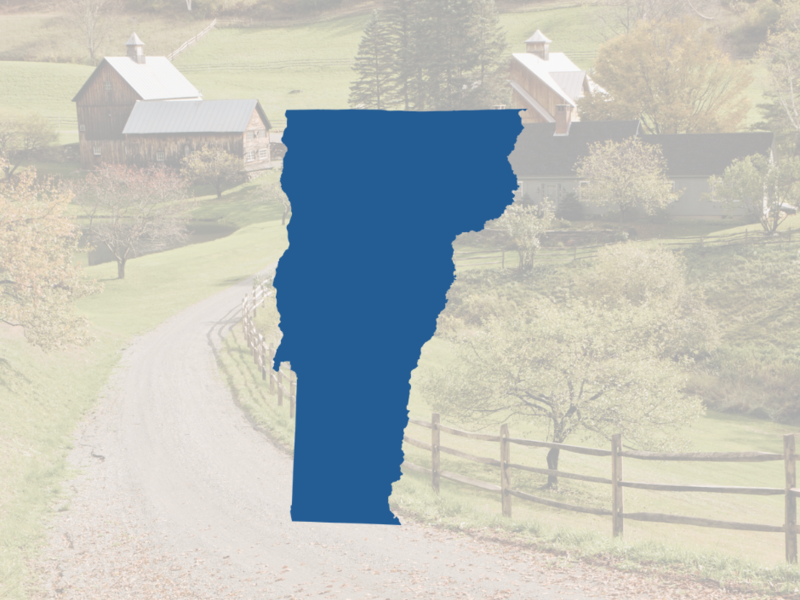
Over the past week, the picture has grown ever more clear: Unless things change in a big way by Nov. 3—or whenever enough votes are counted to make it clear— Republicans are going to have a very bad night. The biggest question is, just how bad.
The GOP scoring the net gain of 17 seats needed to regain control of the House is now pretty much a lost cause; indeed, it is unclear whether they will net any seats at all on the heels of losing 40 seats two years ago. In the Senate, Democrats have one seat in very deep trouble and another potentially in trouble, but Republicans have five seats in deep trouble, five more in trouble, and three more they need to be concerned about. Then there is the presidential race, which just looks worse and worse for Republicans.
President Trump’s national job-approval ratings continue to decline. Just 42 percent approved (54 percent disapproved) in the Monmouth University poll released on Tuesday. The approval number was the same in Quinnipiac University’s poll from two weeks earlier, with 53 percent disapproving. One point higher in approval was the Fox News poll with 44 percent approving and 54 percent disapproving, while the ABC News/Washington Post poll came in still 1 point higher, with 45 percent approving and 53 percent disapproving. Add it all up, and the RealClearPolitics average of national polls Thursday evening gave Trump a 43 percent approval against 54 percent disapproval, his lowest marks since early November.
These ratings are not so low as to be in the dead-meat category: Trump’s approval remains higher than those of Jimmy Carter or George H.W. Bush, the two post-World War II elected incumbents who lost second-term bids, at this point in their presidencies. Then again, his rating is lower than those of the six presidents who were reelected.
Trump also trails Joe Biden by between 5 and 11 points in the last four major national polls. The narrowest spread came in the ABC/Post survey, where the former vice president pulled 51 percent among registered voters who said they were certain to vote, against 46 percent who backed Trump. Biden’s lead among all registered voters was 10 points, 53 to 43 percent.
Two polls of registered voters put Biden’s lead at 11 points—both a more recent Monmouth survey (52 to 41 percent) and Quinnipiac (50 to 39 percent). The Fox survey split the difference with an 8-point Biden advantage, 48 to 40 percent. The RealClearPolitics average shows Biden up by 7.2 percentage points.
Assuming the narrower end of the spread, a 5-point popular-vote margin is wider than four out of the last five presidential elections, the exception being President Obama’s 53 to 46 percent win over John McCain in 2008. An 11-point margin, however, would be the widest since Ronald Reagan’s 18-point win over Walter Mondale in 1984.
The point of this is absolutely not to suggest that Biden will win this election in a landslide. Nevertheless, in this period of increasing partisanship and tribalism, with the proportion of voters who believe that Trump can do little if anything wrong in the mid-to-high 30s and those who believe he can do little if anything right in the low-to-mid 40s, the days of 49-state landslides and 61 percent popular-vote wins are long gone. Leads are unlikely to get much larger than this.
To put it differently, Biden may win most of the undecided votes (they do tend to break away from incumbents), but Trump’s base isn’t going anywhere. If they have stuck with him this long, they are unlikely to abandon him now.
Trump has a pitch-perfect ear for his base; he knows and understands them, what motivates them, what riles them up. Despite his wealthy New York City upbringing, he’s developed a connection with working-class whites in small-town and rural America, especially in the Deep South and the Heartland. But he also seems tone deaf in terms of understanding those outside his base. He doesn’t understand them and doesn’t seem to want to learn or try. This political tin ear explains why he trails Biden in the Fox survey among whites with a college degree by 4 points (47 to 43 percent), white women with college degrees by 21 points (56 to 35 percent), suburban voters by 16 points (52 to 36 percent), and suburban women by 28 points (57 to 29 percent). Not long ago, all four of these groups would have been considered part of the Republican base. Trump’s political instincts have always run more glandular than cerebral, but it finally seems to be catching up with him.
Can Democrats blow this? Heck, yes. Democrats have proven to be a bit hard of hearing as well. They convinced themselves that they had silver bullets in the form of Trump’s Russian connections, emoluments, and a myriad of other charges that culminated with impeachment. That didn’t work out so well, but thankfully for them, our rapid-fire news cycle has put impeachment well back in the rearview mirror.
If Joe Biden wins in November, it will certainly not because he had a “revolutionary” agenda. In fact, that is one of the surest ways he could lose. He won the nomination because he was not Bernie Sanders, and if he wins the general election, it will be because he is not Donald Trump.
This story was originally published on nationaljournal.com on June 5, 2020









Subscribe Today
Our subscribers have first access to individual race pages for each House, Senate and Governors race, which will include race ratings (each race is rated on a seven-point scale) and a narrative analysis pertaining to that race.